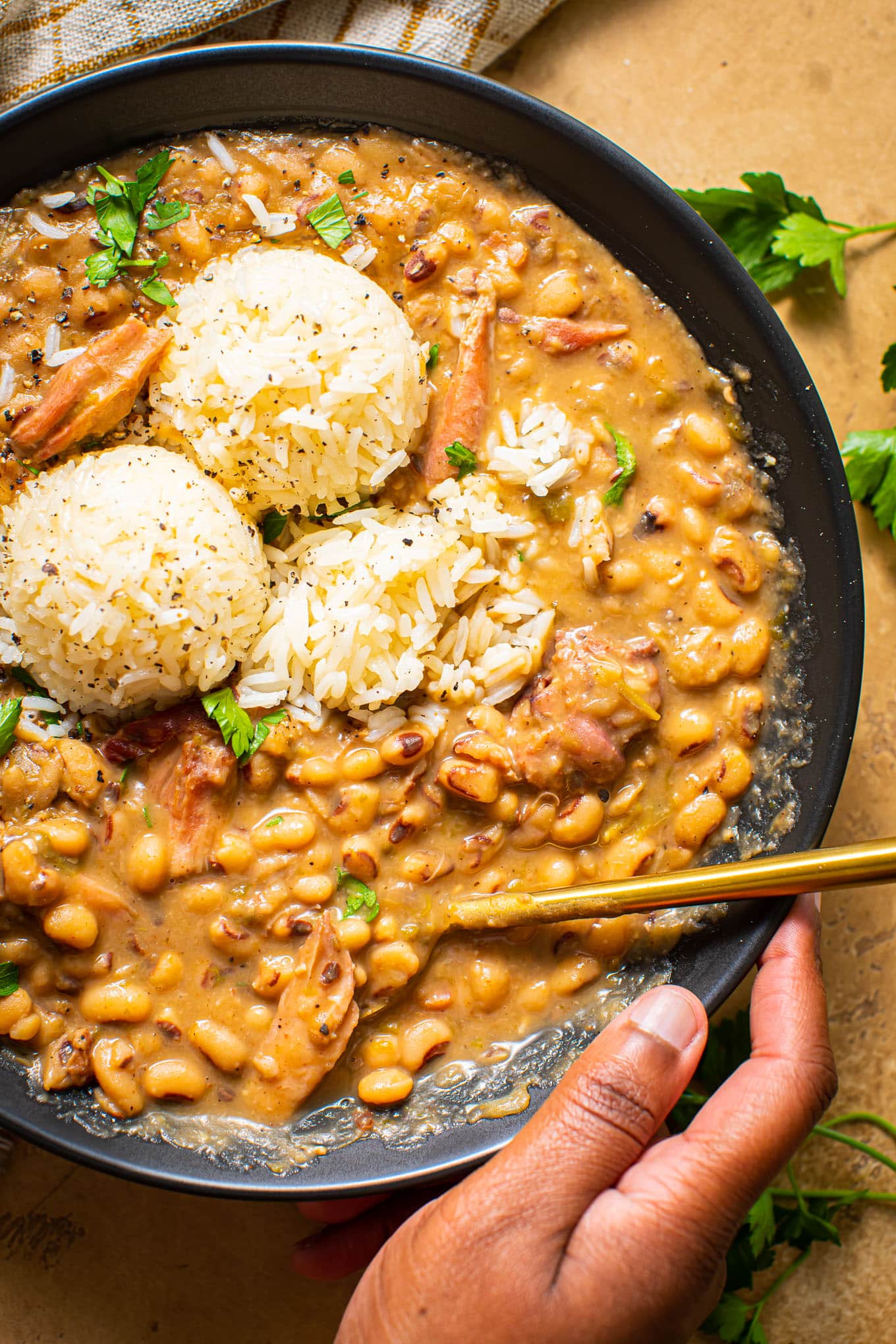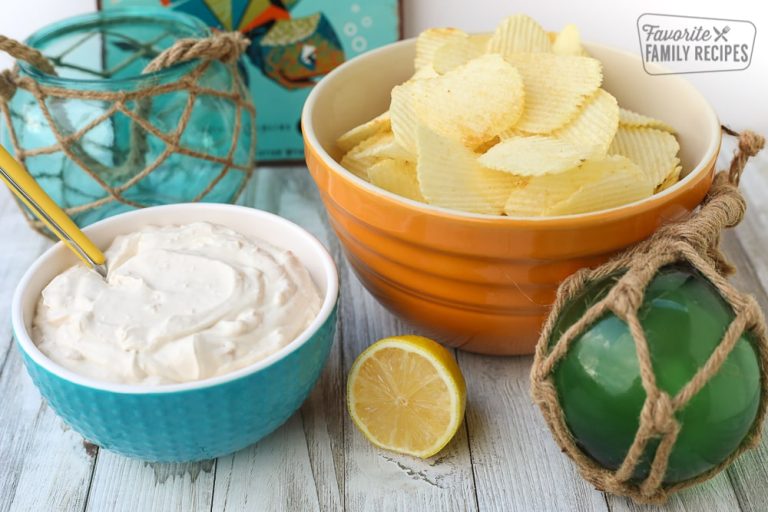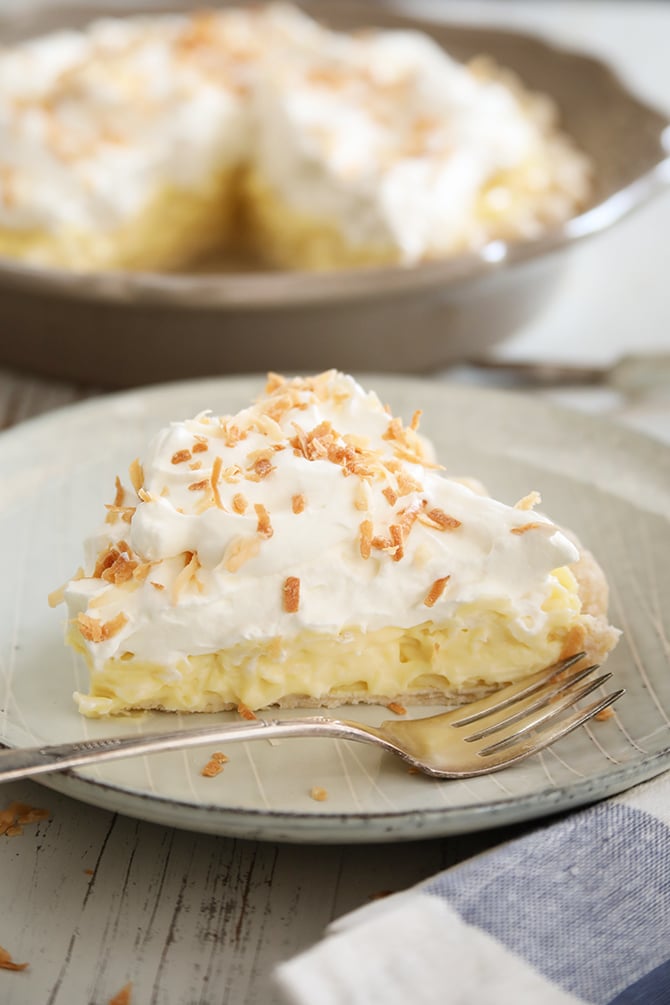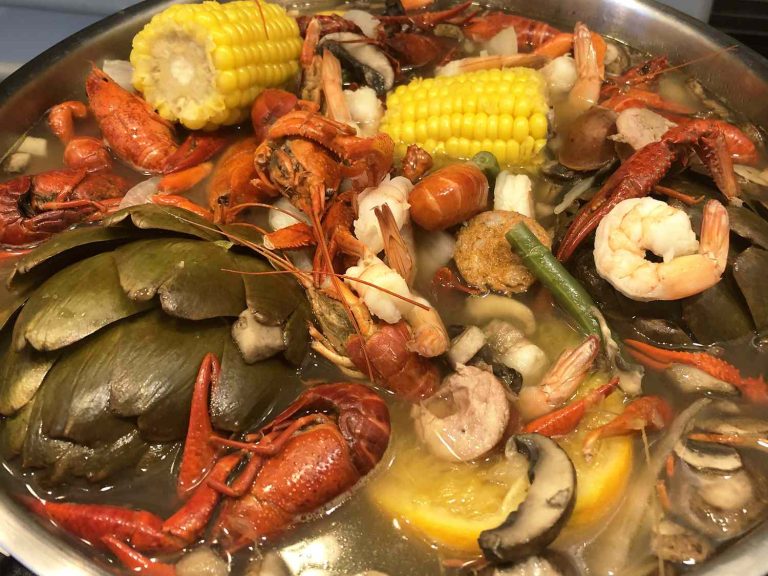Southern Style Black Eyed Peas: History, Health Benefits, and Delicious Recipes
Southern-style black-eyed peas have origins tracing back to West Africa. Enslaved Africans brought black-eyed peas to North America in the 17th century. These legumes, revered for their resilience and nutritional value, became staples in the Southern diet.
The cultural significance of black-eyed peas is profound. Consumed on New Year’s Day, they symbolize good luck and prosperity. This tradition, stemming from African American culture, continues to hold strong in the South. By eating black-eyed peas, you partake in a custom celebrated across generations.
Integration Into Southern Cuisine
Black-eyed peas gradually integrated into Southern cuisine due to their availability and versatility. Farmers grew these peas extensively since they thrived in the region’s climate. They complement various Southern dishes like collard greens, cornbread, and ham hocks.
Recipes for Southern-style black-eyed peas often include smoked meats and seasonings like onions, garlic, and bay leaves. These ingredients add depth and flavor to the peas, making the dish a Southern culinary hallmark. By incorporating these elements, you can experience authentic Southern cooking.
Key Ingredients in Authentic Southern Style Black Eyed Peas
The Role of Smoked Meats
Smoked meats serve as a foundational element in Southern-style black-eyed peas. Incorporating smoked meats significantly enhances the dish’s flavor profile. Ham hocks, turkey legs, and bacon impart a rich, smoky depth, balancing the earthy taste of black-eyed peas. These meats also contribute a savory aspect that complements the legumes, making the dish more satisfying. Smoked meats not only add flavor but also infuse the broth with essential fats, enriching the overall texture.
Importance of Seasoning and Spices
Seasoning and spices elevate Southern-style black-eyed peas from basic to extraordinary. Onions, garlic, and bay leaves impart aromatic undertones, creating a complex base. Additional spices like black pepper, thyme, and cayenne pepper add layers of flavor, catering to both mild and spicy preferences. Salt is crucial for bringing out the flavors while smoky paprika enhances the dish’s depth. By carefully balancing these seasonings, you can achieve a well-rounded and authentic Southern taste.
Cooking Techniques for Perfect Black Eyed Peas
Traditional vs. Modern Methods
Cooking black-eyed peas involves both traditional and modern methods depending on your preferences and available tools. Using the traditional method, you cook black-eyed peas slowly, often over a stovetop. Southern cooks typically use a heavy pot, adding ingredients like smoked ham hocks, onions, and garlic for a rich, savory flavor. Simmering for 1.5 to 2 hours enhances their tender texture.
Modern methods introduce the use of slow cookers and pressure cookers. A slow cooker allows you to cook black-eyed peas on low heat for 6 to 8 hours. This method still infuses the peas with deep flavors but requires less direct attention. Pressure cookers expedite the process significantly, cooking the peas in about 30 minutes. Combining water, black-eyed peas, and seasonings in the pressure cooker can yield excellent results, albeit with a slightly different texture than slower methods provide.
Tips for Achieving the Ideal Texture
Several tips can help you achieve the ideal texture when cooking black-eyed peas. Start by soaking the peas overnight in water. This step reduces cooking time and ensures even softness. If you’re short on time, a quick-soak method involves boiling the peas for 2 minutes and letting them soak for 1 hour.
Maintaining a gentle simmer prevents the peas from breaking down too much. A vigorous boil can cause them to split and lose their shape. Adding salt midway through cooking can enhance flavor without toughening the peas. Acidic ingredients like tomatoes or vinegar should be added at the end since they can prevent the peas from becoming tender.
Incorporating aromatics like bay leaves and thyme adds a depth of flavor while enhancing the overall texture. Adjusting the water level is crucial, ensuring there’s enough liquid for a creamy consistency without making the dish soupy. Monitoring these factors ensures your Southern-style black-eyed peas turn out perfectly every time.
Nutritional Value of Black Eyed Peas
Health Benefits
Black-eyed peas offer numerous health benefits. They are packed with essential nutrients such as protein, dietary fiber, and complex carbohydrates. One cup of cooked black-eyed peas provides approximately 13 grams of protein and 11 grams of fiber, making them a substantial source of plant-based nutrition. Additionally, these legumes provide vitamins and minerals such as folate, iron, potassium, and magnesium. Folate supports DNA synthesis and repair, iron aids in oxygen transport, potassium helps maintain electrolyte balance, and magnesium is crucial for muscle and nerve function.
Dietary Considerations
When incorporating black-eyed peas into your diet, several dietary considerations may be relevant. For individuals managing blood sugar levels, the complex carbohydrates and fiber in black-eyed peas can help regulate glucose absorption. Additionally, these legumes have a low glycemic index, making them suitable for diabetic diets. Black-eyed peas are also naturally low in fat and contain no cholesterol, benefiting heart health. However, individuals with certain dietary restrictions or allergies should consult with a healthcare professional before making significant changes to their diet.
Serving and Pairing Ideas
Classic Combinations
Enhance your Southern-style black-eyed peas with classic pairings. Pair black-eyed peas with collard greens, cornbread, and rice for a traditional Southern meal. These combinations create a balanced plate, offering diverse textures and flavors. Collard greens provide a slightly bitter contrast to the earthy taste of black-eyed peas. Cornbread adds a slightly sweet note, complementing the savory beans. Serve black-eyed peas with white or brown rice; either option soaks up the delicious broth and enhances the meal’s heartiness.
Creative Serving Suggestions
Explore creative ways to serve Southern-style black-eyed peas. Use black-eyed peas as a topping for nachos, adding a unique twist to this favorite snack. Combine black-eyed peas with fresh vegetables and herbs in a salad bowl for a healthy, colorful dish. Include chopped tomatoes, bell peppers, red onions, and a light vinaigrette for a refreshing taste. Incorporate black-eyed peas into veggie burgers or patties by mashing the beans and mixing them with breadcrumbs and spices. This transforms the beans into a protein-rich, vegetarian option that’s both delicious and nutritious.
Conclusion
Southern-style black-eyed peas are more than just a dish; they’re a celebration of history, culture, and nutrition. By incorporating these legumes into your meals, you’re not only savoring a rich tradition but also reaping numerous health benefits. Whether you stick to classic pairings like collard greens and cornbread or get creative with modern twists, black-eyed peas offer versatility and flavor that can elevate any meal. Embrace this nutritious legume and explore the endless culinary possibilities it brings to your table.






